Ukraine’s Defence Intelligence has published details on the electronic components of the latest MS-series Shahed-136 (also known as Geran-2) drone in the “Weapon Components” section of the War&Sanctions portal. The update also includes a 3D model showing a schematic layout of the drone’s internal systems.
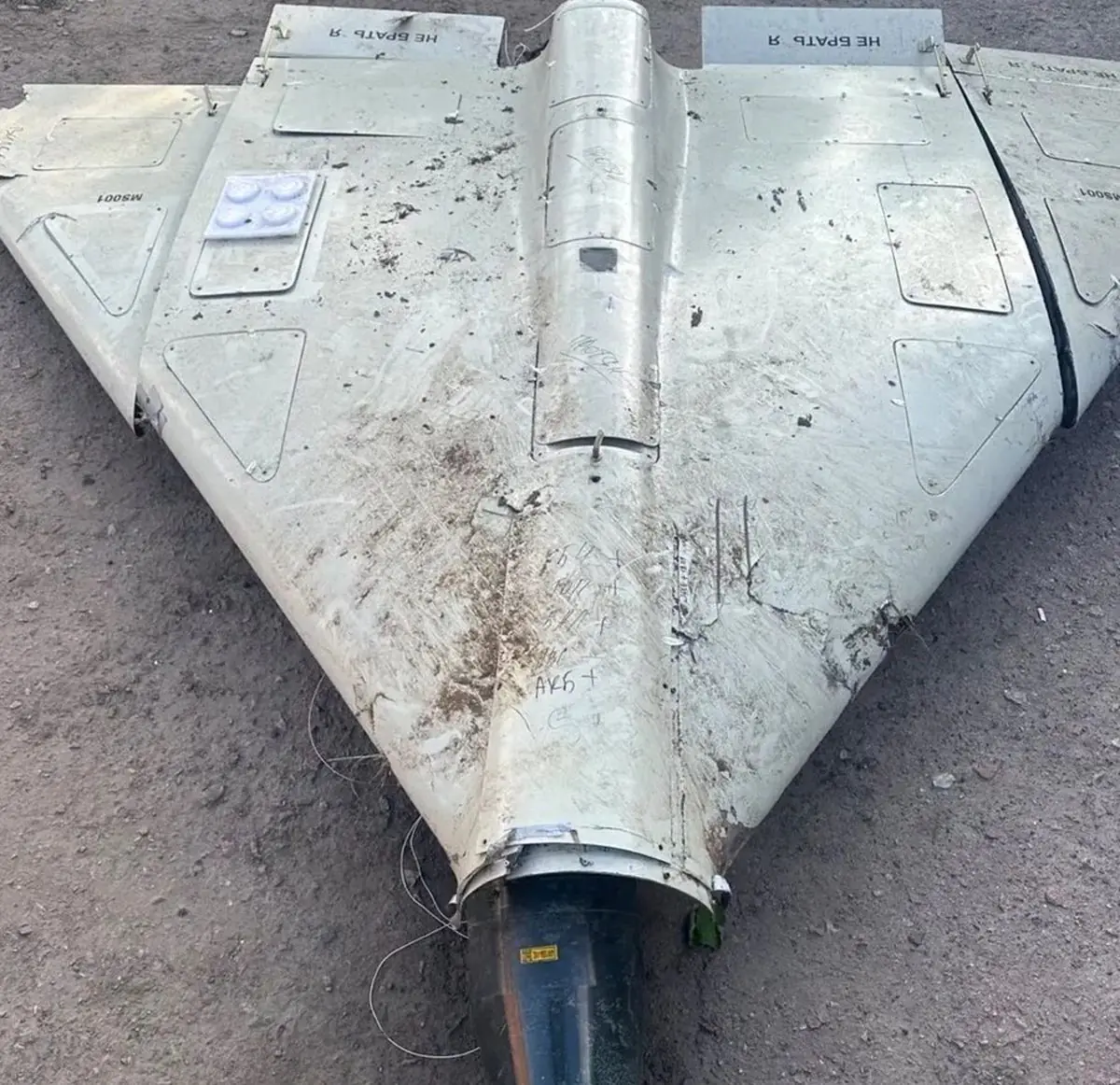
The drone was shot down by Ukraine’s Defence Forces in the Sumy region in June of this year.
According to the Defence Intelligence of Ukraine (HUR), the fuselage materials, assembly quality, and layout of the electronic modules indicate that the drone is of Iranian origin. However, certain modifications and upgrades have been introduced, suggesting possible joint efforts between Russia and Iran in modernizing the Shahed drones.
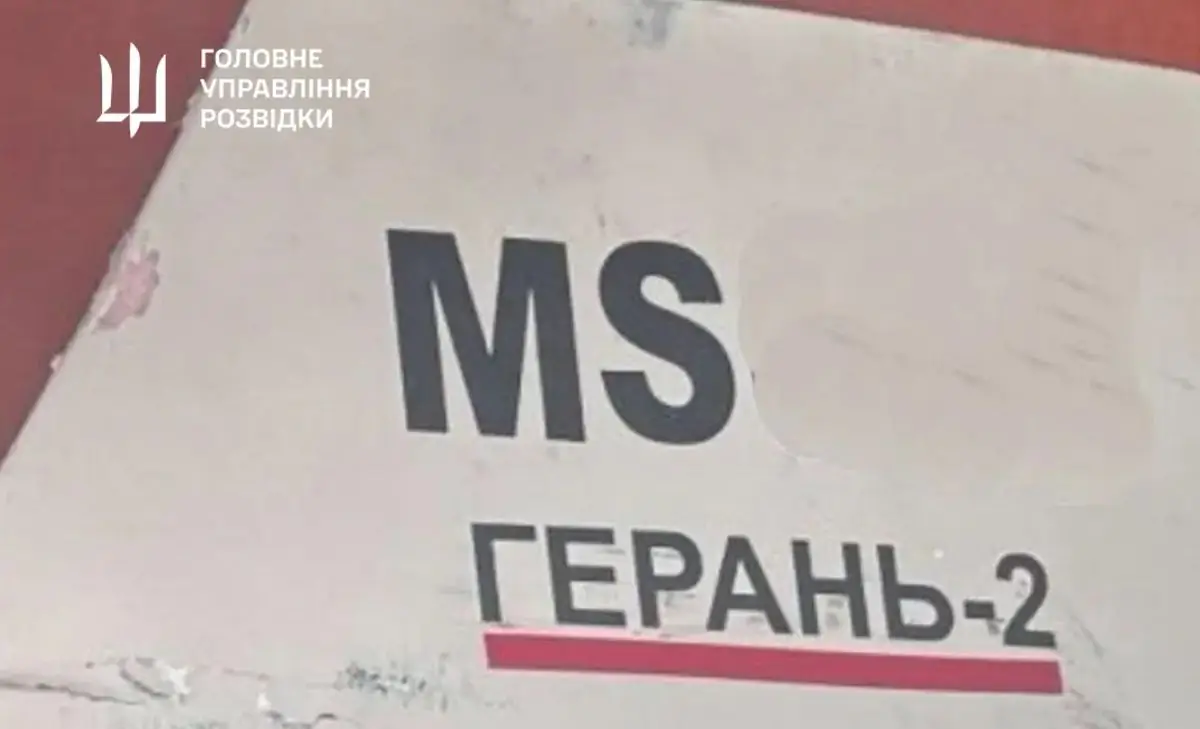
The drone is equipped with an NVIDIA Jetson Orin high-speed mini-computer, optimized for running AI algorithms and processing video. This same module is also used by Russia in its V2U attack drone. The upgraded Shahed-136 additionally features an infrared camera similar to one previously showcased by Russian sources.
The module processes data from the drone’s onboard camera and compares it to preloaded models to perform terminal guidance or automatically select a target. This setup also enables the drone to be used for reconnaissance missions.
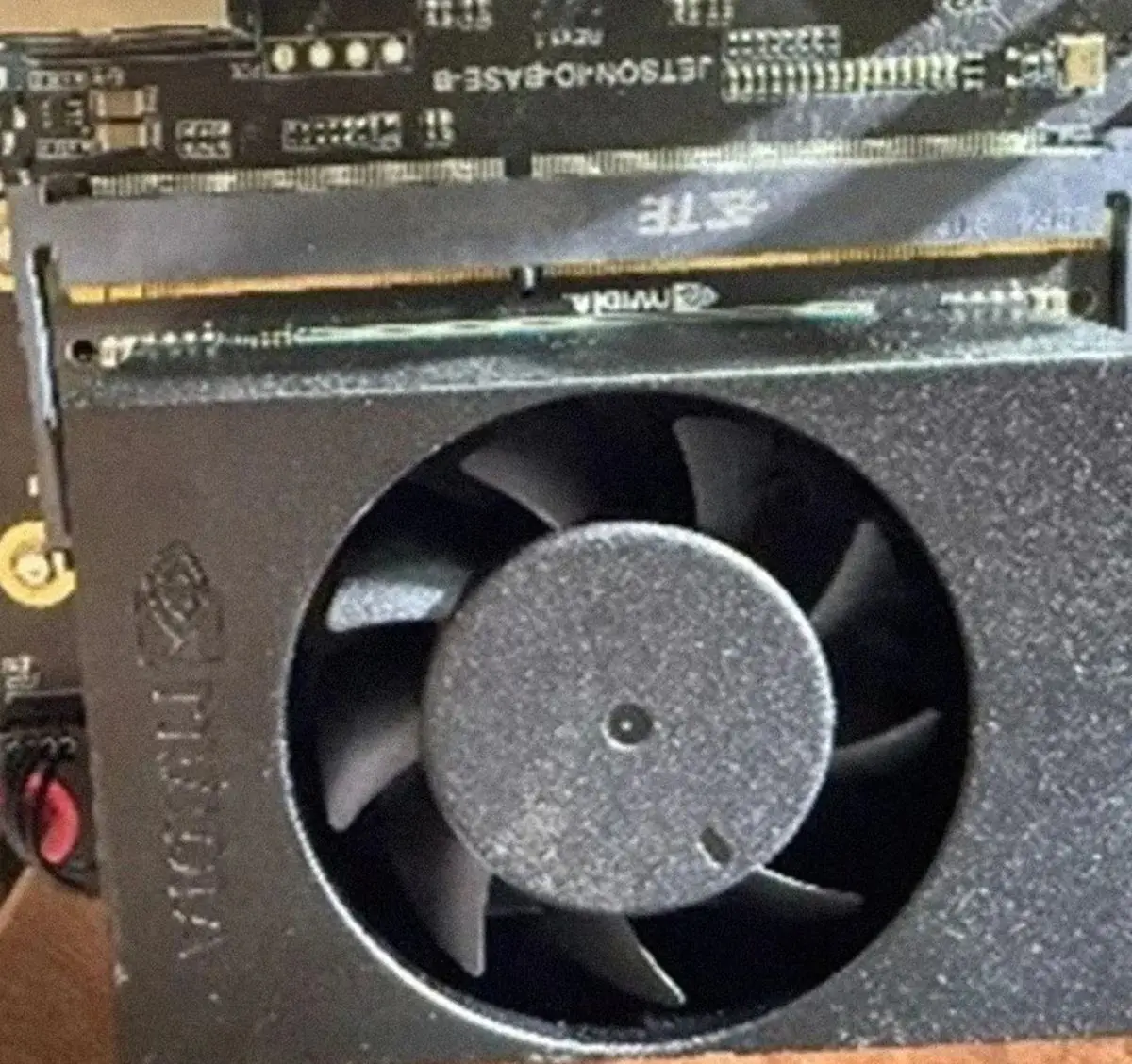
The Iranian anti-jamming satellite navigation system Nasir has also been upgraded – it’s now an eight-channel system. On the examined drone, Nasir was connected to a four-element antenna capable of receiving GPS signals in the L1 and L5 bands. Additionally, intelligence reports indicate the use of circularly arranged eight-element antennas, similar to Chinese designs previously identified in Russian-assembled Shaheds. The new Shahed-136 model also includes a radio modem and a subsystem for transmitting video, telemetry, and/or enabling group control.
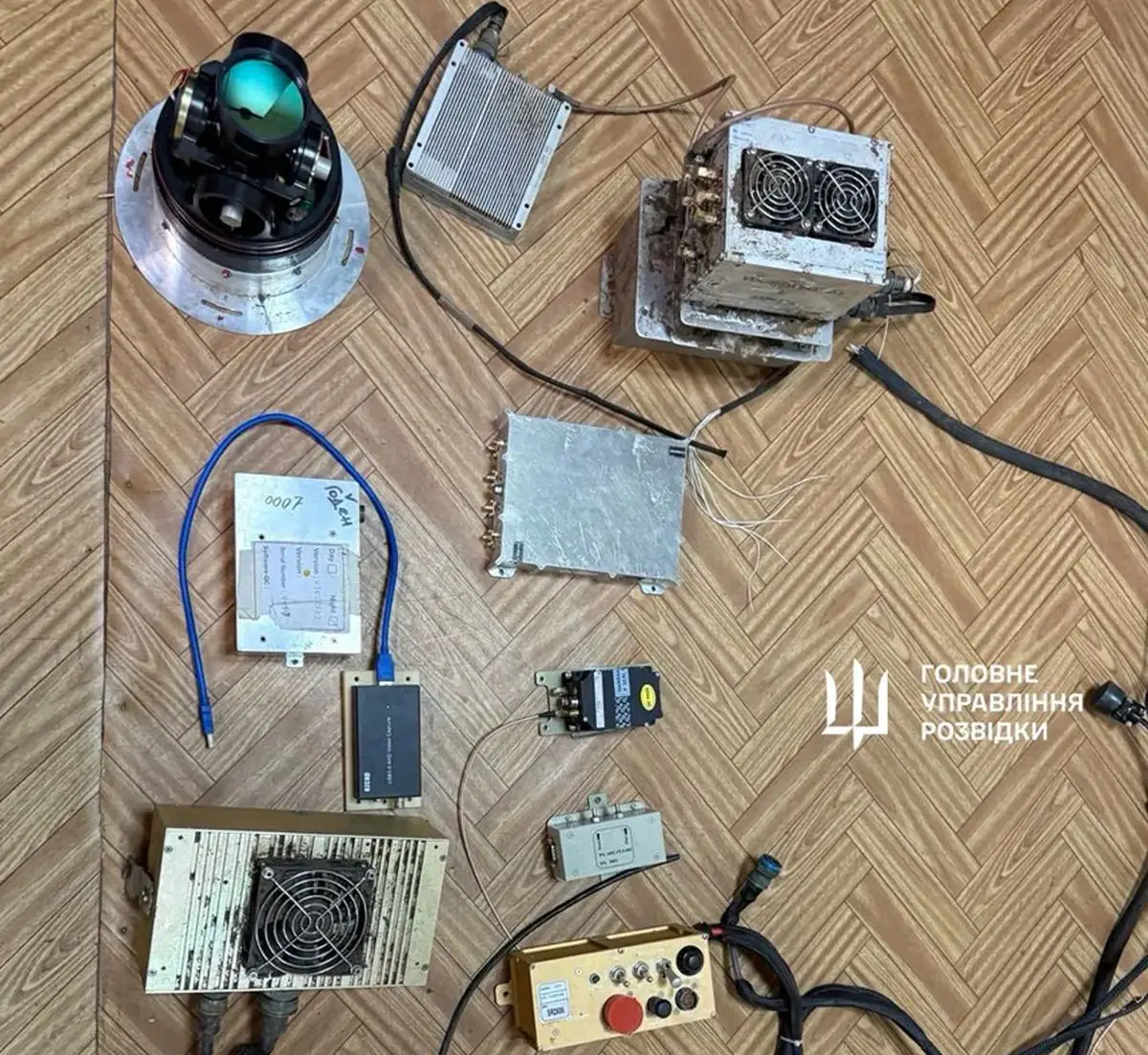
The investigation into the downed drone is still ongoing, and further findings will be published later on the War\&Sanctions portal. However, the information already gathered suggests that the technology exchange between Iran and Russia is a two-way process. The results of this cooperation could extend well beyond the Russia-Ukraine war, particularly if Iran decides to apply Russian developments in its destabilizing activities across the Middle East. This, Ukraine’s Defence Intelligence emphasized, underscores the urgent need for the international community to unite against aggressor states.
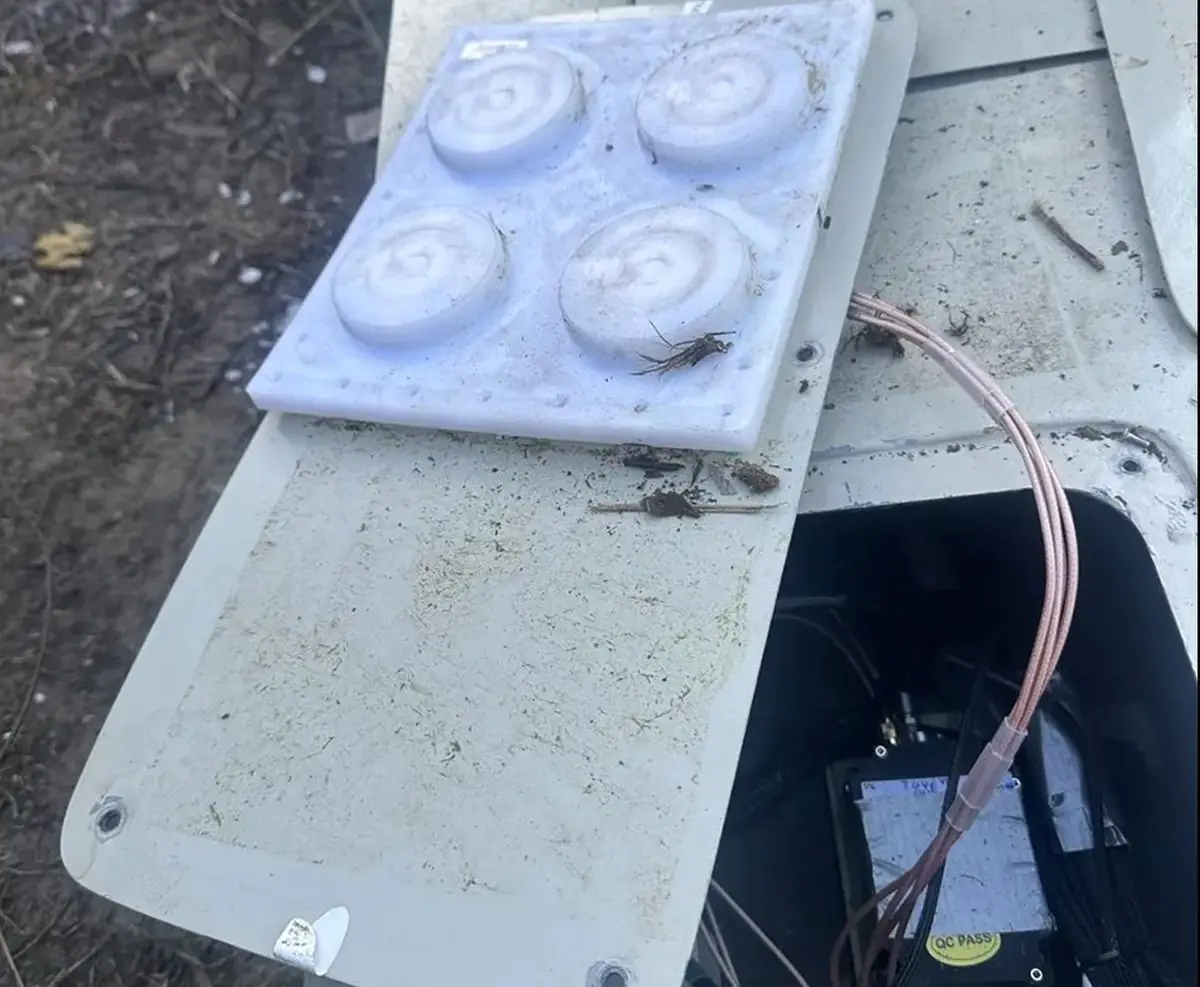
Source: gur









